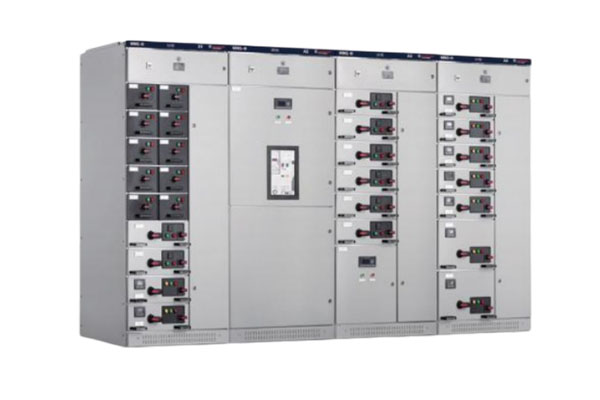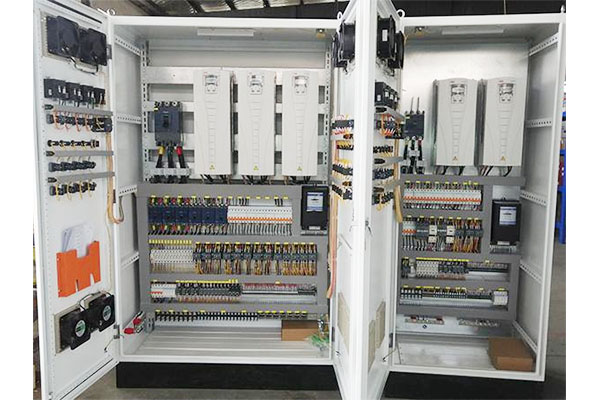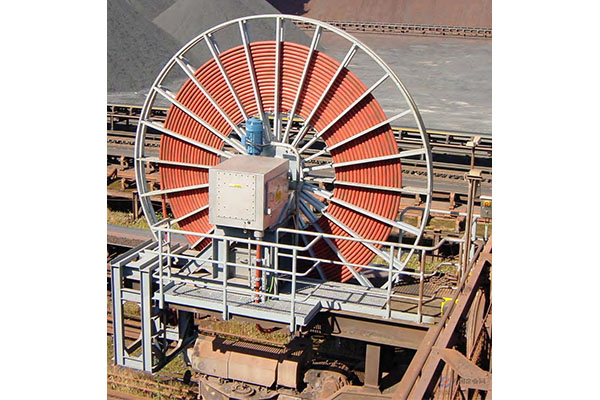What impact does frequent starting and stopping of equipment have on PLC control cabinet?
Release Time : 2025-06-17
The impact of frequent start-stop equipment on the plc control cabinet involves many aspects, from electrical components to system stability, and will face different degrees of challenges. This high-frequency operation is not a simple switch action, but will trigger a series of chain reactions, which is directly related to the service life and operational reliability of the control cabinet.
The first impact of frequent start-stop equipment is the various electrical components in the plc control cabinet. Control components such as contactors and relays need to complete the closing and opening of contacts every time they are started and stopped. Frequent mechanical actions will accelerate the wear of contacts, resulting in poor contact, heating and even welding. Once a contact fails, it will affect the normal on and off of the entire control circuit, and then the equipment will not be able to operate according to instructions. At the same time, frequent current on and off will also generate arcs, and the high temperature and corrosion of the arc will further shorten the life of electrical components and reduce their performance.
For the power module in the plc control cabinet, the impact of frequent start-stop equipment should not be ignored. Every time the equipment is started, a large starting current will be generated. This current impact will cause the power module to instantly bear a load beyond the normal range. If the power module is in such a frequent current fluctuation environment for a long time, the internal circuit, filter capacitor and other components of the power module will accelerate aging, and even overvoltage and overcurrent protection will occur. Once the power module performance degrades or fails, the PLC controller and other components that rely on stable power supply will not work properly, causing the entire control system to be paralyzed.
Frequent start and stop of equipment will also cause electromagnetic interference problems in the PLC control cabinet. At the moment of equipment start and stop, the rapid change of current will generate electromagnetic pulses, which will interfere with the electronic components in the control cabinet through cables, space radiation and other channels. As the core of the control cabinet, the PLC controller is particularly sensitive to electromagnetic interference. When interfered, the PLC may have program operation disorder, data loss or malfunction, making the equipment unable to operate according to the predetermined logic, and even causing safety accidents.
Heat dissipation is also a major challenge brought by frequent start and stop of equipment. Electrical components will generate more heat during the frequent current on and off process. Especially for components such as contactors and circuit breakers, the frequent action of contacts will increase the contact resistance, further aggravating the heating. If the heat dissipation design of the PLC control cabinet is not good, or the cooling fan and heat dissipation holes are blocked by dust, the heat in the cabinet cannot be dissipated in time, which will cause the internal temperature to continue to rise. High temperature environment will accelerate the aging of electrical components, reduce their insulation performance, and may even cause fire hazards in severe cases.
In addition, frequent start and stop of equipment will increase the program operation burden of the PLC control cabinet. The PLC needs to continuously receive the start and stop signals of the equipment and execute the corresponding control logic. High-frequency signal processing and program switching will cause the CPU of the PLC to be in a high-load operation state for a long time. In the long run, it will not only affect the running speed and response time of the PLC, but also may cause problems such as program jamming and freezing, reducing the stability and reliability of the control system.
From the perspective of mechanical structure, the vibration generated by frequent start and stop of equipment will also affect the PLC control cabinet. The impact force at the moment of equipment start and stop will be transmitted to the inside of the control cabinet through the mounting bracket, cable, etc. Under the long-term vibration, the wiring terminals in the control cabinet may loosen, and the fixing screws of the electrical components may fall off, resulting in poor circuit contact or component damage. Once these seemingly minor mechanical problems accumulate to a certain extent, they will cause serious failures.
Frequent start and stop of equipment has many impacts on PLC control cabinet, covering electrical, electronic, heat dissipation, mechanical and other fields. In order to ensure the stable operation and extend the service life of PLC control cabinet, targeted measures need to be taken from multiple aspects such as component selection, electromagnetic protection, heat dissipation design and program optimization to minimize the negative impact of frequent start and stop.







